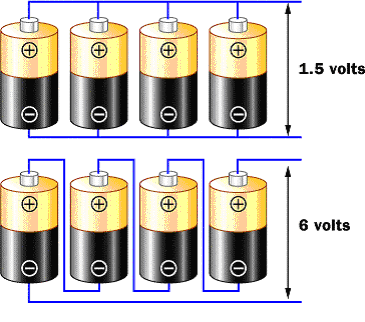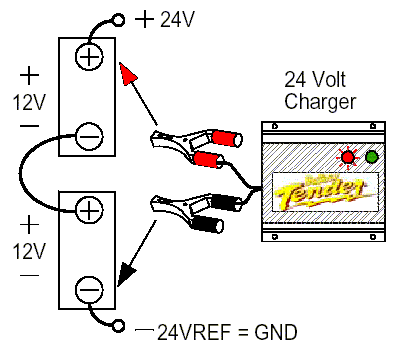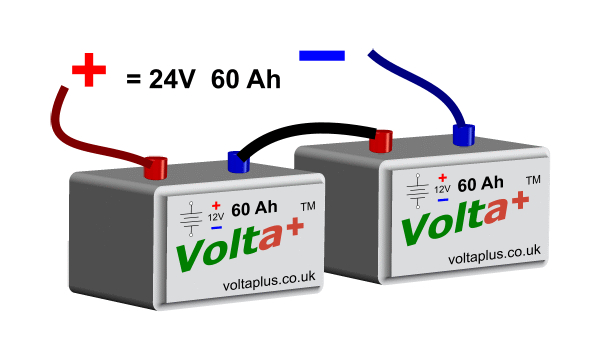
#BATTERIES IN SERIES SERIES#
The voltage output between batteries connected in series and parallel can differ considerably. When connecting batteries in series or parallel, the voltage output is an essential factor to take into account. Here is what sets batteries in series and parallel apart and when each arrangement makes the most sense for specific applications. While both methods can increase a bank’s overall output, they differ in configuration and performance characteristics. When connecting multiple batteries together, two common methods are in series or parallel. Parallel: What’s the Difference?īatteries are integral to many electronic devices and systems, from small gadgets to large power storage solutions. Reduced voltage per battery, unequal battery agingīatteries in Series vs. If one battery fails, the entire system fails Positive of all batteries to positive and negative of all batteries connected to each other

Positive of one battery to the negative of another battery It’s essential for anyone setting up their own battery bank to understand the differences between these arrangements so they can make informed decisions regarding which option best meets their individual needs. This increases the total voltage of the battery bank while maintaining capacity.Ĭonversely, with the parallel arrangement, positive terminals of multiple batteries are connected together along with negative ones resulting in greater capacity at the same voltage level.


With a series connection, batteries are connected end-to-end with their positive terminals connected to each other’s negative terminals. Series and parallel are two popular ways to connect multiple batteries for increased voltage or capacity.


 0 kommentar(er)
0 kommentar(er)
